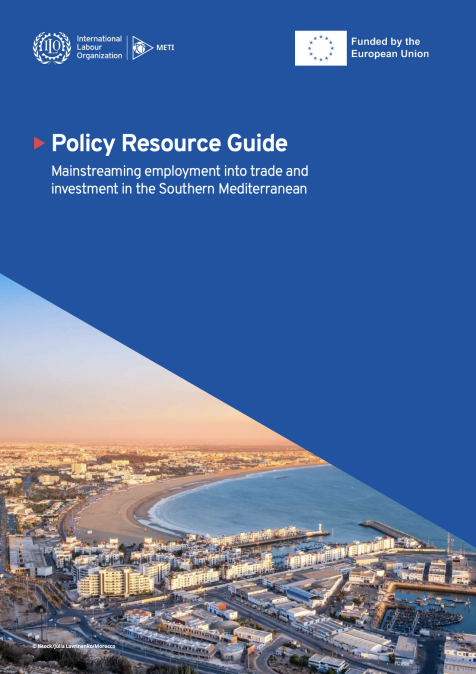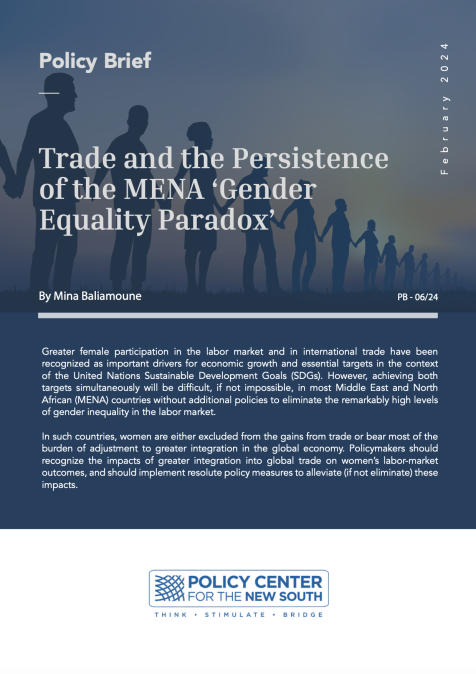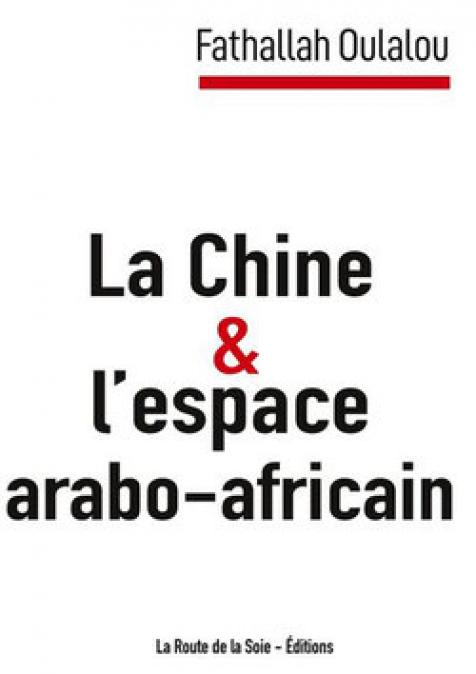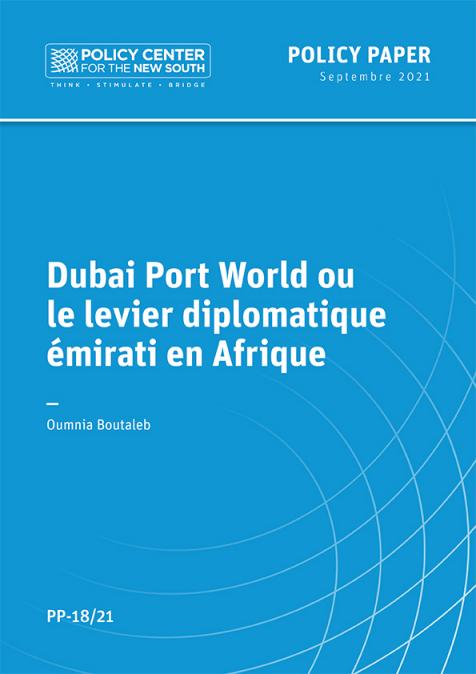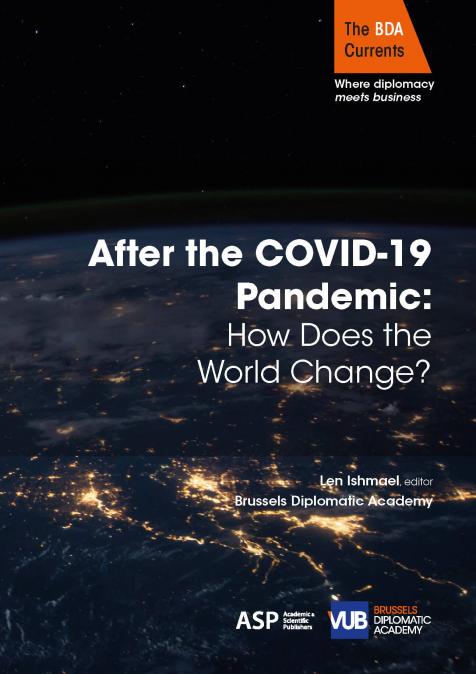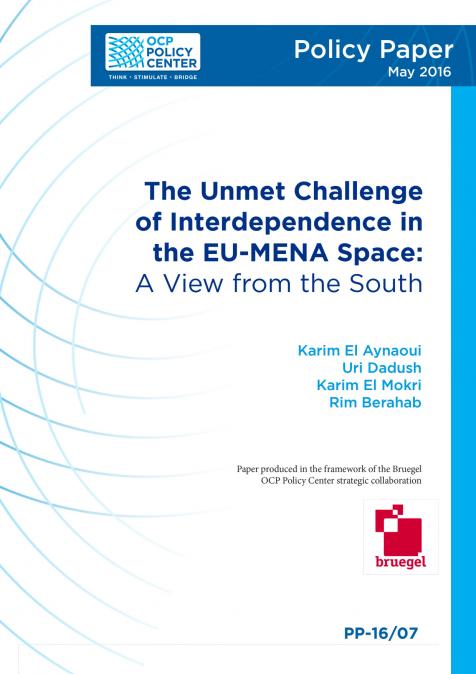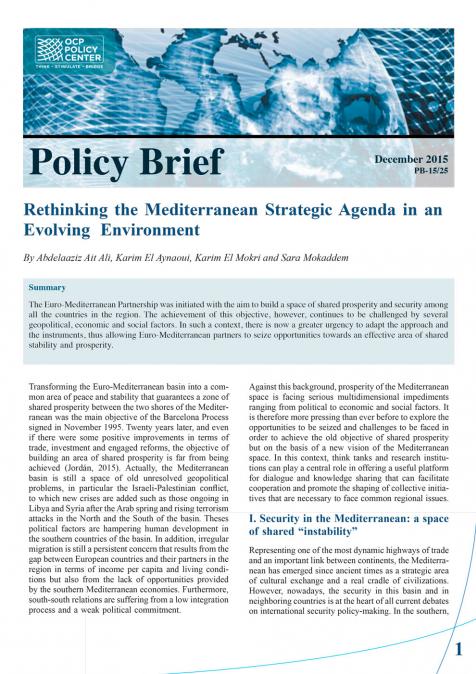Publications /
Opinion
Feeble eyesight may hinder you from finding Puntland on a map, the unrecognized Federal member state in Somalia, Khaatumo State, Jubaland, or Somaliland, concerning the planet’s size just large enough to be covered by the shadow of a palm tree. Arab entities surrounded by sun and sand and the Gulf of Aden, Somaliland is surviving as a self-declared nation, located on the southern coast of the Gulf of Aden bordered by Djibouti to the northwest, Ethiopia to the south and west, Somalia to the east.
By trading goats, camels, and sheep, ten thousand a day shipped from the harbor of Berbera towards Saudi Arabia, Qatar, Egypt, and Oman; the independent-minded sheiks survive without biting the dust. Still, tax collections are hardly sufficient for Somaliland to finance its military might, although” might “may be exaggerated to some local militias representing the army. 60-70 percent of Somaliland’s youth is unemployed, and illiteracy, particularly among women, is widespread.(“Somaliland progress of governance .A case of blending the old and the new”,2011, Daniel Harris, Overseas Development Institute, London). Somaliland was part of the Republic of Somalia, and just decided one day, in May 1991, to manage its future, supported by the majority of estimated 5.7 million Muslim citizens, who sing their national anthem Samo Ku Waar with pride. No UN member has recognized Somaliland, except Taiwan, a Beijing quarantined outcast itself.
Puntland, Jubaland and Khaatumo State are autonomous regions of Somalia, with changing visions about their loyalty towards Mogadishu. One day, they pledge loyalty towards the rulers in the capital Mogadishu, next week, they sing a different anthem and draw up a plan for their independence “When is a nation not a nation”, asked the Guardian (July 20, 2018).”It is both-completely independent and politically entirely isolated .” Not considered a nation by the UN, the US or the African Union.
At least Somaliland, which was not part of Somalia until colonialism, is surviving, not through the export of camels, bananas, skin or sheep, but a nation of unending wealth decided to sign a 30 year concession with the de facto sovereign nation bordering on 850 km of coastline , investing 442 million dollar into the deep water port of Berbera, ,supported by neighboring, Ethiopia (a 19% partner in the project) building a highway to the black African nation’s town of Togochale. Its construction costs, about 400 million dollars, financed by the Abu Dhabi Development Fund. The financial godsend was promised by a nation 82 hours driving hours, or 1300 air miles, away- the United Arab Emirates (UAE). Through its government-owned government- owned Dubai Port World, assets estimated (in 2018) as about 26 billion dollars. The firm signed an investment deal for the harbor project and entered in a 25-year military agreement with Somaliland, which should allow control of a military base and Berbera airport. A maritime services company received nearly 90 million dollars from the UAE Armed Forces to set up a naval base.
The new marine harbor notes Oumnia Boutaleb in the “Policy Center for the New South”- brief “Dubai Port World or the Emirates diplomatic lever in Africa (“Dubai Port World ou le levier diplomatique émirati en Afrique”) is located not far from the airbase, a strategic location indeed, since coupled with a military presence in Eritrea, allows the UAE to maintain the grip on the region. Dubai Port DP World “will have a role to play because of the interweaving between the commercial and security aspect, the positioning at the port allows it to be part of the most important trade routes, connecting the country directly to the African continent by sea.” Oumnia Boutaleb asserts in her meticulous paper:” Geopolitical considerations, the pursuit of profit as well as the desire to integrate emerging and dynamic markets, are the main drivers of DP World”.
Dubai Port is not only a global economic giant, but is “an instrument of Emirati diplomacy” (Oumnia Boutaleb), a lever of power, which earned the UAE the reputation among, its rivals, that the rulers are trying to project military power, as shown in Libya, or Yemen, short in size (in military numbers), but imaginative and arrogant, ready to grab opportunities, strategic or economic. The African continent is particularly focused by the UAE, ready and willing to compete with global powers as China and Russia. DPW, writes Oumnia Boutaleb in her paper, ”has become a real diplomatic lever for the Foreign policy of the United Arab Emirates. Beyond the economic vision, the UAE is deploying this soft power tool in several countries of interest; in Africa alone ten nations, among them Senegal; Algeria, Egypt, Mozambique.”
Following ambitions
In Senegal, where DP World signed a 25 years concession agreement, the UAE firm “aims to increase its import/export volume by 135 percent within 10 years”, writes Oumnia Boutaleb. Due to Dubai’s growing interest in the energy sector of the African nation, UAE “could rely on the presence of DP World to be able to take part in the gas project which is in the full development phase in Senegal and the region.” DP World is expected to strengthen its African presence as it begins to develop the port in the DRC heartland.” The estimated cost of the project, which is shared by DP World (70 percent) and the DRC government (30 percent): one billion US dollar. Thanks to this project, explains Oumnia Boutaleb, “a 30 years’ concession, the nation will reduce its dependence on its neighbors and will be able to participate more in world trade.” Through a two billion dollars investment in agriculture, industry, and energy in Angola, the UAE has been able to establish a foothold in the region, among other projects, a possible security arrangement, or the training of military personal, and a 190 million investment in the harbor of Luanda, Angola’s capital.
As Oumnia Boutaleb analyzed in her think piece, the “continental expansion of Dubai Port World is following the ambitions of the Emirates” - economic expansion shadowed by military power, a nation existing in its present form for half a decade, seven emirates united in 1971, the United Arab Emirates today are projecting power, global might, although the nation counts hardly ten million citizens. Despite the obvious power play by the Emiratis, the global image of the Gulf nation is reflected by the easy lifestyle projected by Dubai, home of the largest skyscraper in the world, artificial islands, a 24 000, square meter dependence of the ”Louvre”, the Abou Dhabi Formula One race, falcon hunts, camel races and belly dancers, mostly imported from Egypt. But, what on earth is driving the Emiratis to send armored tank brigades into the civil war in Yemen, order former Pakistani Air force pilots flying UAE Air Force F-16 and Mirage 2000 jets to bomb positions of Islamist Misrata fighters in enemy positions in Civil war-torn Libya, 2580 miles away, mercenaries who are financially supported by their neighbor, the Emir of Qatar and allied to the Muslim Brotherhood. Allegedly this Muslim movement was backed by Qatar and loathed by Egypt and the UAE, which is paying Sudanese mercenaries to risk their lives for national glory, self-importance, and strategic gains.
Why risk being accused of imperialism, investing in harbors and airports throughout the particularly world, particularly in Africa, flexing national muscles? Is it fear of Turkey, defending the interests of the UN-supported government in Tripoli, ready to extend its power from Syria or Libya into other Arab regions, or the Shiites of Iran, whose rulers entertain cordial relations with Qatar, accused of being a Trojan horse of Tehran, isolated from Saudi Arabia, the UAE, and Egypt, Bahrain when they severed diplomatic relations with Doha in June 2017 (restored in January 2021) for aiding terrorism, therefore, blocking sea lanes and airspace for Qatari owned planes or ships.
UAE fighters took off from - Egyptian airfields, or the eastern Libyan military airport al Khadim, -( 65 miles east of Benghazi) which the UAE repaired for its mission- support for Khalifa Haftar, strongman in the East of Libya. Cargo planes, more than 100 UAE flights, arrived from bases like al- Sweihan (UAE), or Assab (Eritrea) with a total of 6200 tons of military equipment and ammunition in the first three months of 2020 alone. For the Italian researchers Frederica Saini Fasanoli and Eleonora Ardemagni, of the Milan, based “Instituto per gli Studi di Politica Internazionale” (July 31, 2020 ISPI Istituto per gli studi di politica internazionale) in Libya,” the United Arab Emirates are testing their ambitions as a middle power, exactly as they did- and are still doing despite extensive military disengagement- in Yemen. The UAE intertwines geopolitical and ideological goals. It needs strong proxies and trusted allies to achieve them.” Africa is a promise, a vision, a reality at the same time. Eastern Libya, concludes the Italian political scientists, “provides strategic depth towards the Sahel, opening a geostrategic highway both to the west and east Africa (ex-Niger, Mali and Mauritania, Sudan and Eritrea). Southern Yemeni regions are a cornerstone for the Indian Ocean, in between, the Red Sea looks like a strategic bridge for the Emirates’ commercial and military ambitions.” And there are those harbors financed by Dubai Port World, stretched around the planet- an economic global power in the making, as Rohan Advani is suggesting in his December 2019 paper “Constructing Commercial Empire: The United Arab Emirates in the Red Sea and the Horn”?

